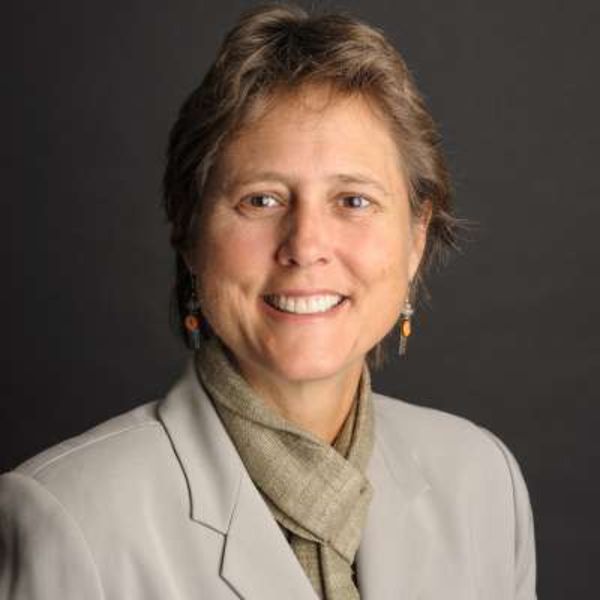Christensen unites landowners, environmental groups, and government agencies to craft innovative solutions that protect water and other natural resources.
In Santa Cruz County, evidence of California’s water crisis can be seen in dwindling groundwater supplies, suffering salmon populations, and polluted creeks. And as threats to the water supply have increased, so have state and local regulations, raising tensions among landowners, environmentalists, and government officials.
For the past 17 years, Karen Christensen, executive director of the Resource Conservation District of Santa Cruz County, has drawn unlikely allies together to protect local water quality and supply. And in doing so, she has demonstrated that organizations like hers, while little known, are a highly effective tool for creating cooperative partnerships to resolve disputes over natural resources.
“If you want to affect water, you have to harness the power of landowners,” says Christensen.
The Resource Conservation District, one of 99 local conservation districts in California, represents and assists local property owners, who as a group own roughly half of California’s land. Under state law, local communities may establish such organizations to work for conservation goals, including reducing water pollution and erosion, protecting water supplies, and improving wildlife habitat. In practice, these groups can be much more nimble than regulatory agencies in working to forge consensus.
Christensen learned to love nature as a child, when she often hiked in the High Sierra with her father, a geologist. She later inherited the family’s 45-acre timber farm, and set out to demonstrate that long-term, sustainable management can be economically viable.
Christensen believes private landowners have been overlooked as a meaningful force for conservation, and she has shown that groups like hers have unique capacity to coax opposing factions into collaborations for mutual benefit. In 2003, she helped establish the countywide Integrated Watershed Restoration Program, an unprecedented partnership among government agencies, environmental groups, and local landowners, raising more than $12 million in state, federal, and private grants to help implement more than 150 water quality improvement and habitat restoration projects.
“We don’t have enough water to provide both for working landscapes and the urban population. It’s going to take compromise,” Christensen explains.
In another influential project, Christensen worked with Driscoll’s Strawberry Associates to break through an impasse between produce farmers and public agencies at odds over groundwater depletion in the Pajaro Valley. In the ensuing dialogue, the growers took responsibility for creating solutions to the problem, after which Christensen provided support for a grower-based strategy to reduce water use and promote groundwater recharge projects.
Conservation strategies have changed dramatically in recent years. Whereas previously, the main approach was to buy pristine land to protect as open space and parks, environmental groups today are more likely to seek ways to improve conservation practices on private property such as farms and timberlands. This new tactic requires a lot more cooperation, but can also yield some surprising benefits.
If you want to affect water, you have to harness the power of landowners.
Karen Christensen
Christensen recently embarked on a project aimed at quantifying the financial value of “ecosystem services” — the wide-ranging benefits of natural landscapes, including water-supply maintenance, habitat, air quality, and recreation. The results could be used to inform public decision making and to develop new policies that protect and enhance the value of these resources.
Even with all she has accomplished, Christensen believes that resource conservation districts are capable of much more. And she hopes that state leaders and others will recognize the value of these partnerships as an effective tool for achieving conservation goals.
For her dedication and commitment to demonstrating the power of diverse alliances to protect water quality and supply on public and private lands, Karen Christensen is a recipient of a 2013 James Irvine Foundation Leadership Award.
Video by Talking Eyes Media
Issue Areas
Primary Regions Served
Update
Karen passed away in 2016.
The written profile and video reflect the work of the leader(s) the year they received a Leadership Award. Please contact the leader(s) for current information.
